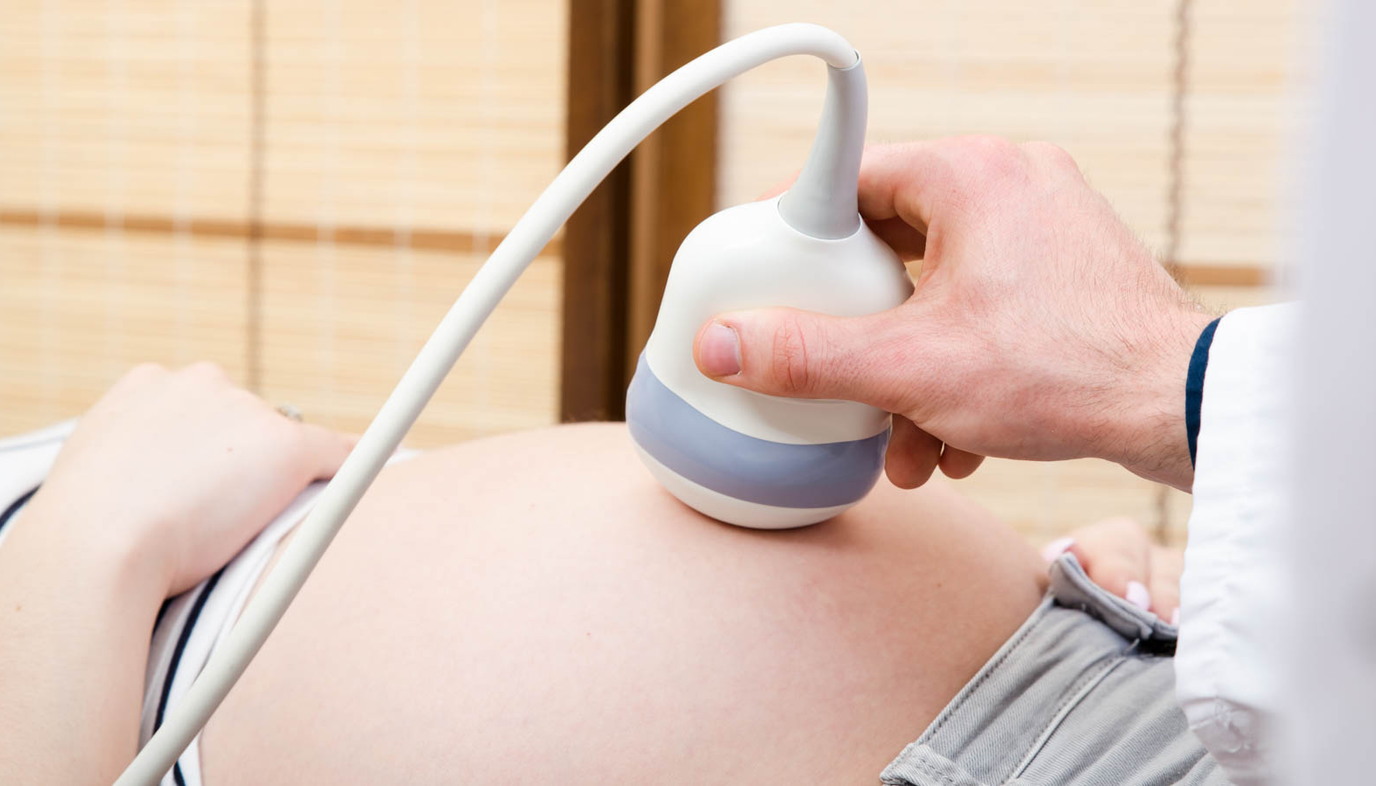
What is placenta previa? If you've heard the word, you have probably figured out that it has something to do with the placenta. You are exactly right. Placenta previa occurs when the placenta attaches in the lower portion of the uterus instead of in the normal position in the more muscular upper portion of the uterus. Placenta previa is a frequent cause of bleeding during the second and third trimester of pregnancy.
What Are the Different Types of Placenta Previa?
Complete Previa - The placenta completely covers the cervix.
Partial Previa - The placenta covers a portion of the cervix, but does not completely cover the cervix.
Marginal Previa - The placenta extends to the edge of the cervix but does not cover it. This can also be called low placental implantation.
What is the Cause of Placenta Previa?
Although there are certain risk factors for placenta previa, we are not certain what causes it.
Am I at Risk for Placenta Previa?
Placenta previa occurs in about 1 in 200 births. Risk factors include:
- previous history of placenta previa
- multiple births
- having given birth before (second or greater pregnancy)
- smoking
- over the age of 35
- surgery of the uterus
- prior delivery of a baby via cesarean section
- history of uterine abnormalities
Symptoms of Placenta Previa
Vaginal bleeding after 20 weeks of pregnancy is the primary symptom of placenta previa. Bleeding during pregnancy may have another cause, however, it is important to call your doctor if you experience bleeding.
The placenta normally attaches to the upper portion of the uterus, which is more muscular and stronger to support the placenta. However, in placenta previa, the placenta attaches to the lower portion of the uterus which is weaker, thinner, and more vascular. As you enter your second and third trimester, the cervix begins to thin and stretch in preparation for labor. As this area stretches, it can cause the villi (blood vessels) to break therefore causing bleeding. Placenta previa can lead to complications for both mother and baby. Complications that may arise include placenta abruption, hemorrhaging, preterm labor, or anemia for either mother or baby.
Treatment of Placenta Previa
Placenta previa will often correct itself during pregnancy. In more than 90 percent of women diagnosed with placenta previa in the second trimester, the placenta will correct itself by the end of the pregnancy. The placenta itself doesn't actually move, but as the uterus stretches, it is not as close to the cervix as it was earlier in pregnancy. Imagine taking a balloon and drawing a circle on it at the lower end of the balloon. Then blow up your balloon. The circle doesn't actually move, but it may not still be at the lower end once it has completed stretching. So for the majority of women, placenta previa will correct itself.
If placenta previa, however, does not correct itself there are several things that can be done to manage it. Placenta previa will usually require bed rest and frequent visits to your doctor or hospital. Vaginal exams are not recommended for the pregnant woman with placenta previa. You may be given steroid shots to mature your baby's lungs because you are at risk for delivering early. Treatment will vary depending on how far along you are in your pregnancy and whether you have complete, partial, or marginal placenta previa. If you start bleeding or having contractions, you will be hospitalized. Your doctor will want to monitor your baby's heart rate and monitor your vital signs as well. If bleeding stops, your doctor may send you home on bedrest. If bleeding cannot be controlled, an immediate cesarean section is given, regardless of the length of gestation. If bleeding is controlled, your doctor will discuss scheduling a cesarean section with you. In most cases of placenta previa that does not correct itself, a c-section is necessary due to the location of the placenta.
Complications After Delivery
Because the risk of hemorrhaging is higher for women with placenta previa, mothers will be monitored for signs of hemorrhaging. They may be given medications to control bleeding such as Pitocin, and a transfusion may sometimes be necessary. Anemia may occur in mother or baby, therefore hemoglobin levels will be monitored and iron supplements may be given.


